Autumn’s arrival brings one of agriculture’s most spectacular shows—cranberry harvest season. These ruby-red landscapes transform into mirror-like surfaces that reflect autumn skies, while workers guide floating berries toward collection areas using time-honored techniques.
The flooded bogs create scenes so striking they’re often mistaken for carefully staged photography. Cranberry operations across the country welcome visitors during harvest season, typically September through November.
Here is a list of 17 scenic cranberry bogs to visit throughout the United States.
Ocean Spray Cranberry Bog, Massachusetts
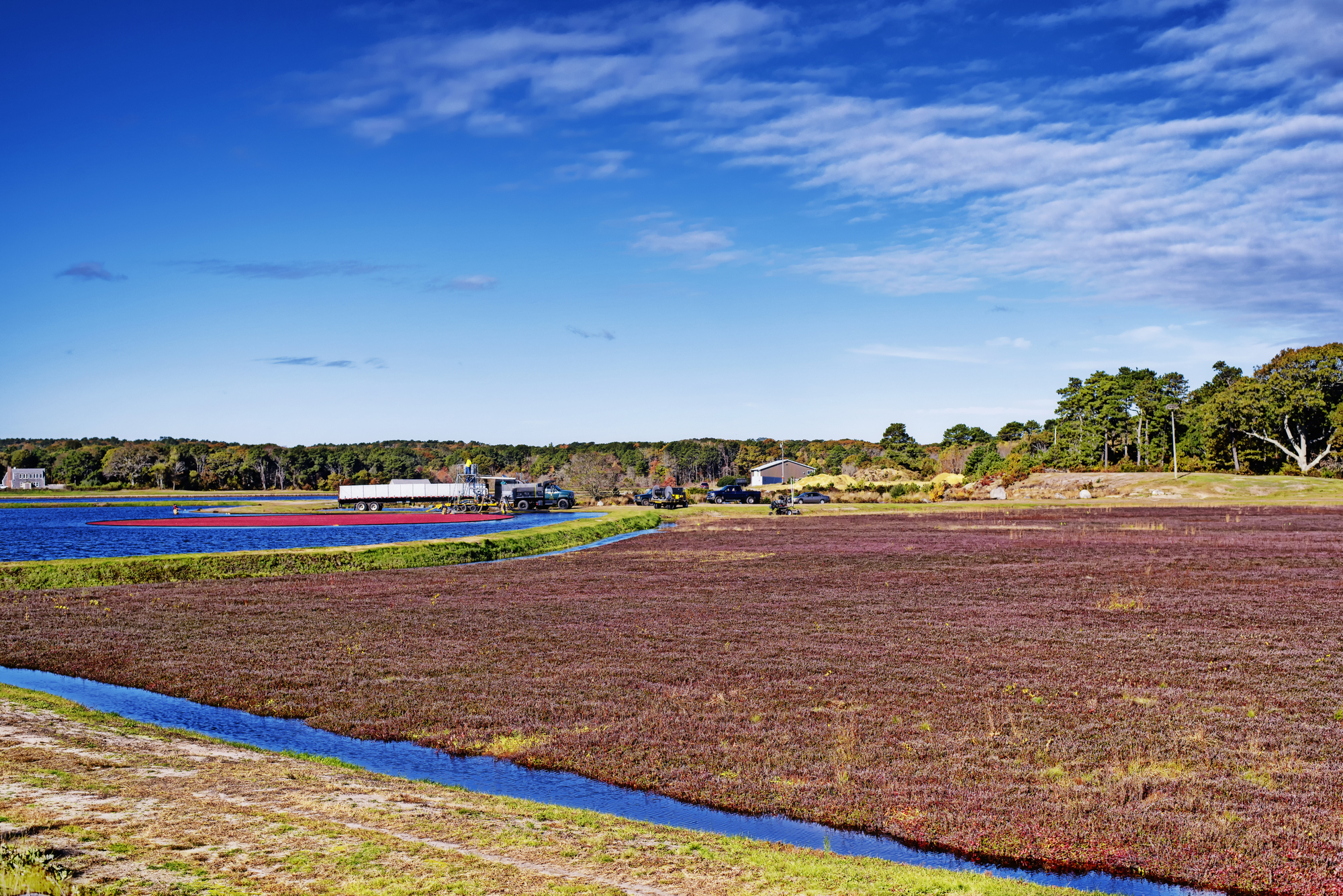
Carver’s historic bog operation offers guided tours that showcase centuries of cranberry cultivation. Walking the raised pathways feels like stepping into a living postcard—crimson berries float across the surface while harvest crews work with practiced efficiency.
This site represents one of America’s oldest agricultural traditions, dating back to the 1600s taught to colonists by Native Americans.
Cranberry Harvest Festival, Wisconsin Dells
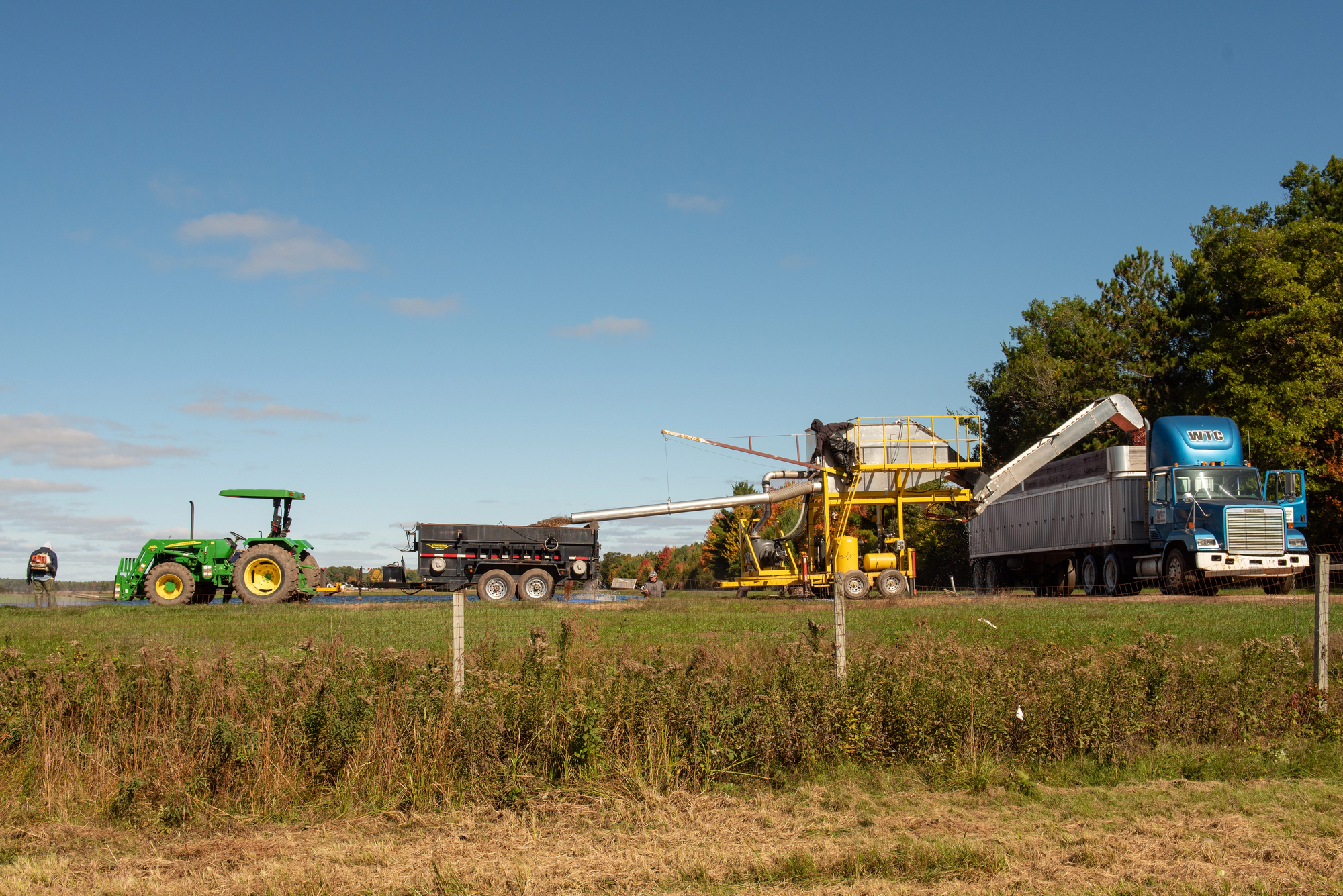
Wisconsin leads the nation in cranberry production, and this festival puts that dominance on full display. Miles of bogs create a patchwork landscape that’s almost too perfect to believe—red rectangles stretching toward the horizon like nature’s own quilt.
Trolley tours wind through active harvest areas while visitors sample everything from traditional cranberry sauce to innovative cranberry-infused products.
Fort Hill Farms, Massachusetts

Cape Cod’s sandy soil creates ideal conditions for cranberry cultivation, though this farm takes sustainability seriously. Tours here blend traditional harvesting demonstrations with modern conservation practices—proving that old-school methods can coexist with environmental stewardship.
The operation represents Cape Cod’s agricultural heritage while pointing toward the industry’s future.
Like Travel Pug’s content? Follow us on MSN.
Glacial Lake Cranberries, Wisconsin

Central Wisconsin’s unique geology makes this region a cranberry country. Ancient glacial activity left behind perfect growing conditions—rich soil and abundant water that cranberries absolutely love.
This family operation has refined their techniques across three generations, yet they still maintain the personal touch that makes farm visits memorable.
Pine Tree Orchard, Massachusetts
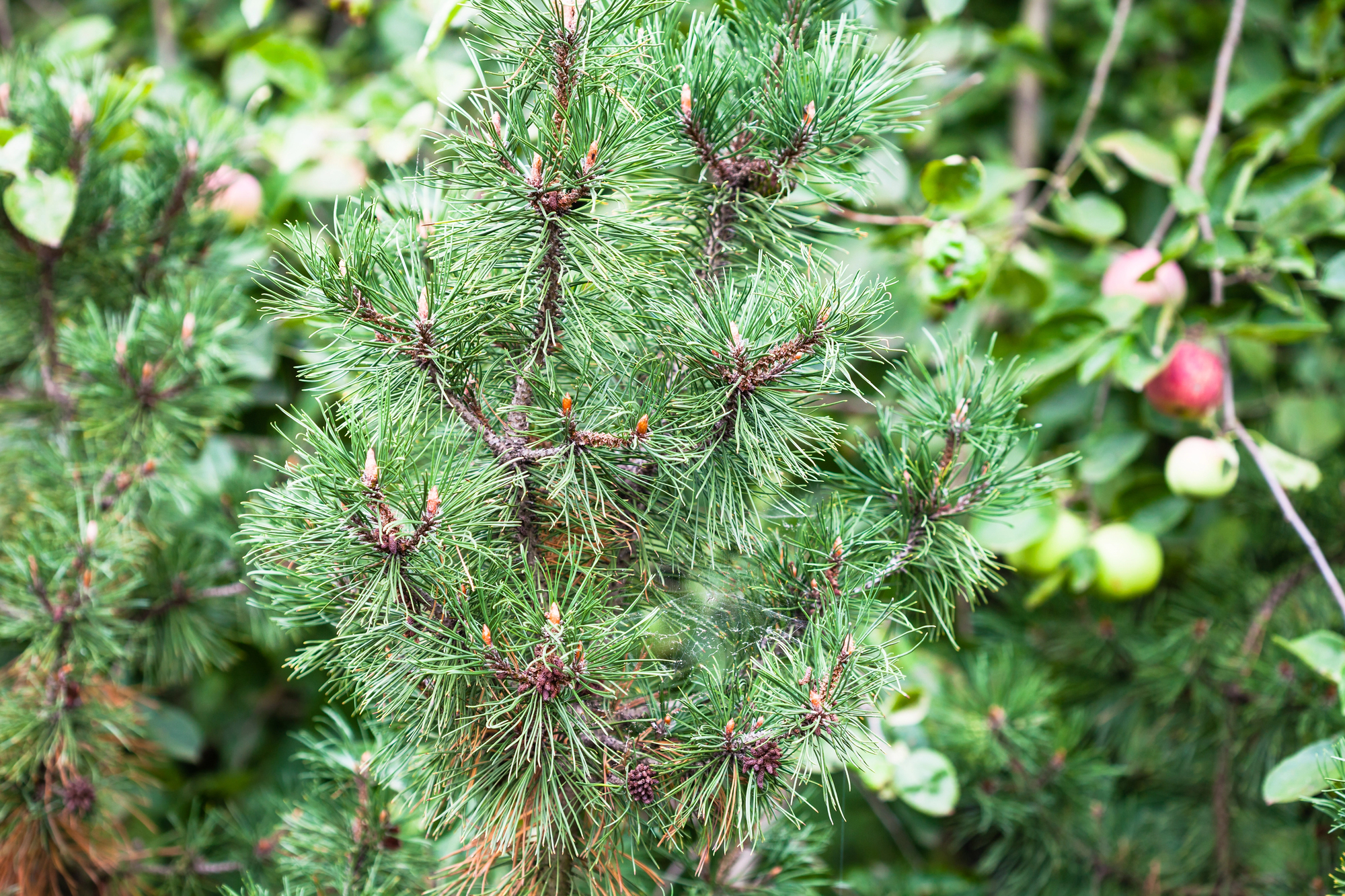
Chatham’s coastal location creates a unique agricultural experience where the ocean meets farmland. Self-guided tours let visitors explore at their own pace—perfect for photographers who want that ideal shot of red berries against blue water. The proximity to Cape Cod beaches means families can easily combine bog visits with traditional seaside activities.
Cranberry Creek Cranberries, Wisconsin
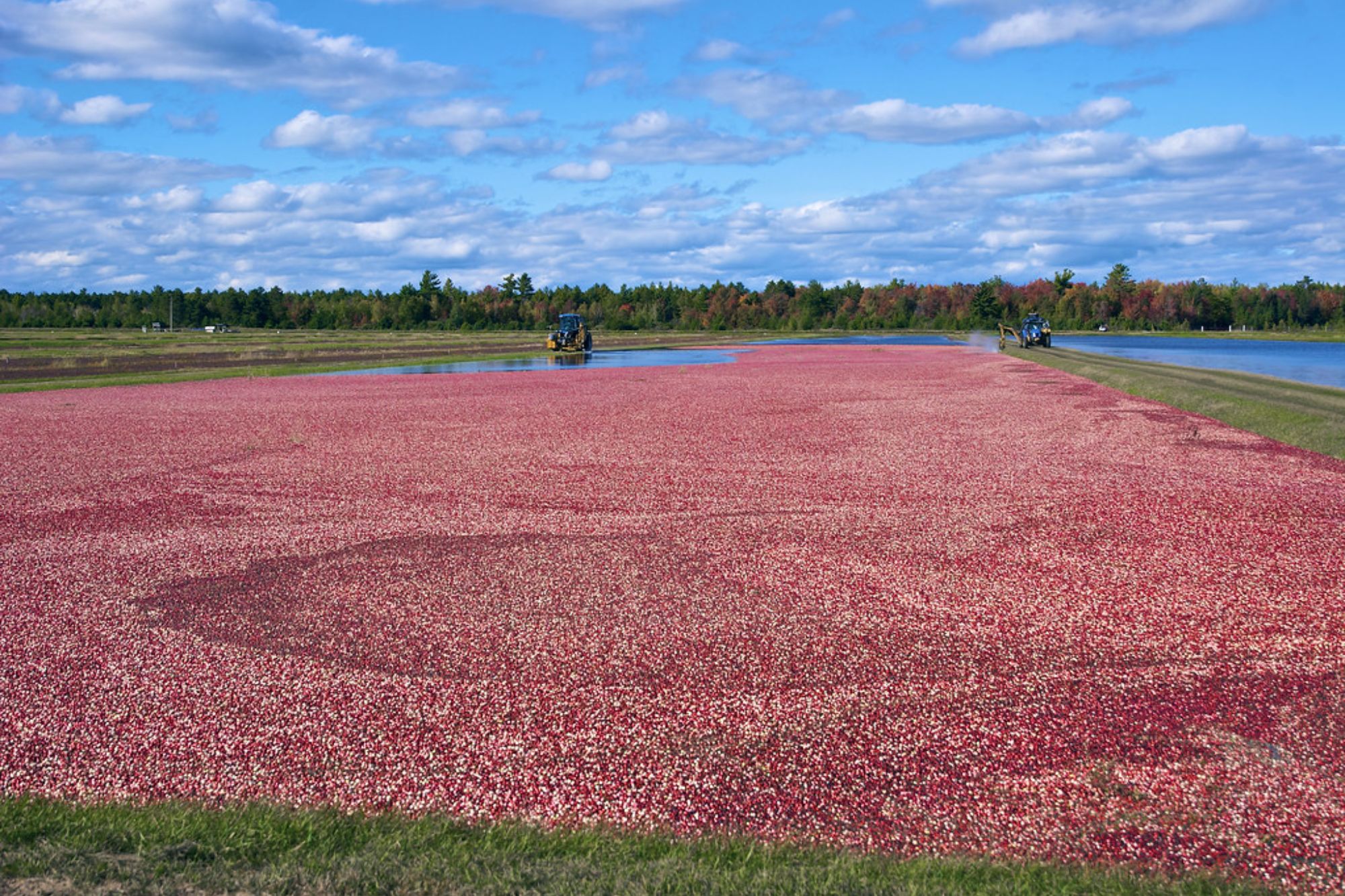
Necedah’s 800-acre operation showcases industrial-scale cranberry farming at its finest. Elevated viewing areas reveal geometric patterns that look like abstract art, though they’re actually the result of careful agricultural planning.
Wisconsin’s water resources and climate create conditions that cranberry plants thrive in, making the state America’s cranberry powerhouse.
Like Travel Pug’s content? Follow us on MSN.
AD Makepeace Company, Massachusetts
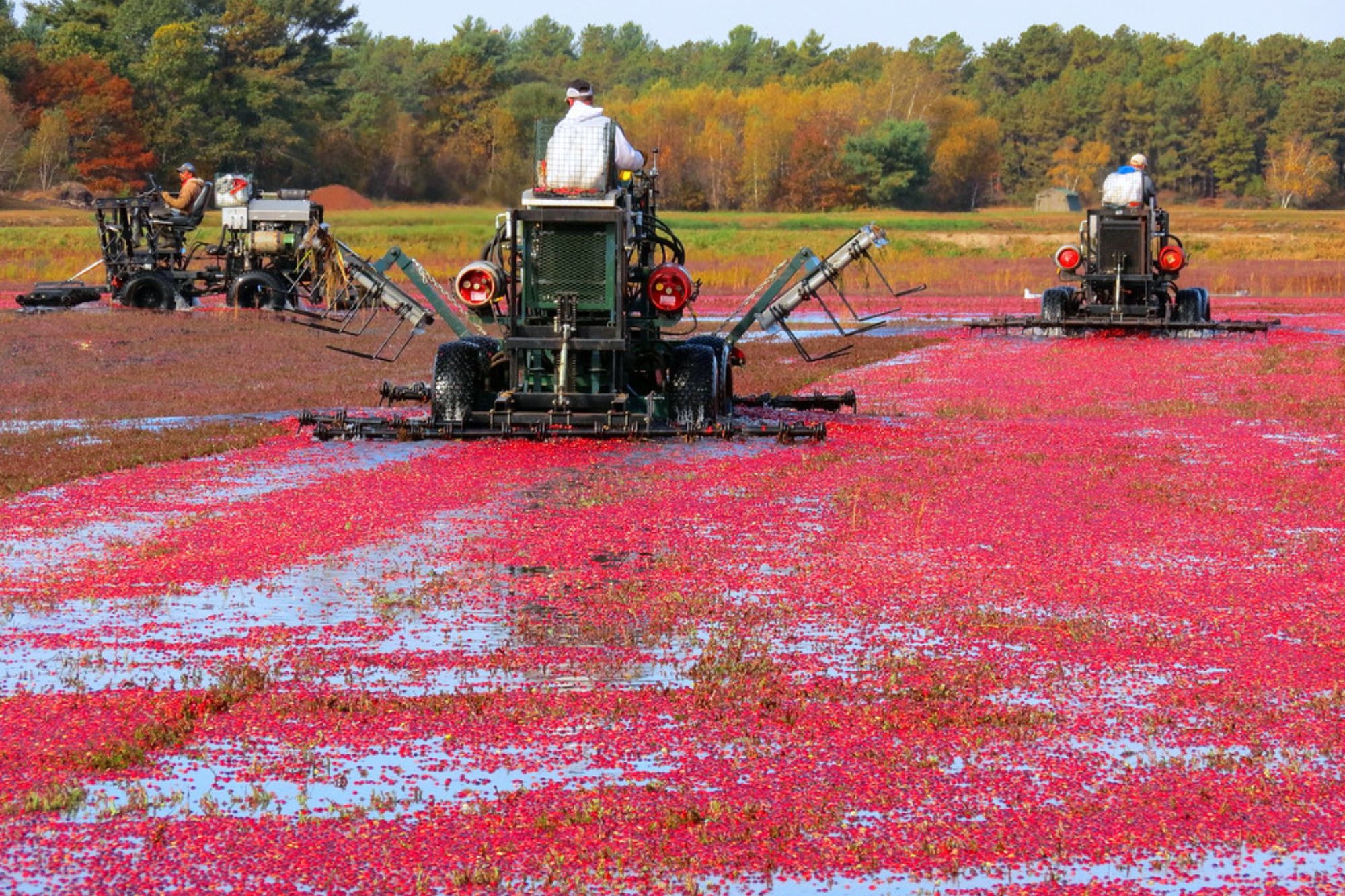
Plymouth County’s massive operation spans over 13,000 acres, making it one of the world’s largest cranberry enterprises. During harvest season, the synchronized flooding and collection process resembles a carefully choreographed performance on an enormous scale.
Industrial agriculture doesn’t usually qualify as scenic, yet this operation proves that efficiency and beauty aren’t mutually exclusive.
Warrens Cranberry Festival, Wisconsin

Every October, this small town becomes America’s cranberry capital, complete with surrounding bogs that provide the perfect agricultural backdrop. Multiple working farms open their gates during the festival weekend, allowing visitors to compare different harvesting techniques and farm philosophies.
The community celebration adds festive energy to what’s essentially a working agricultural landscape.
Cranberry Highway, Massachusetts
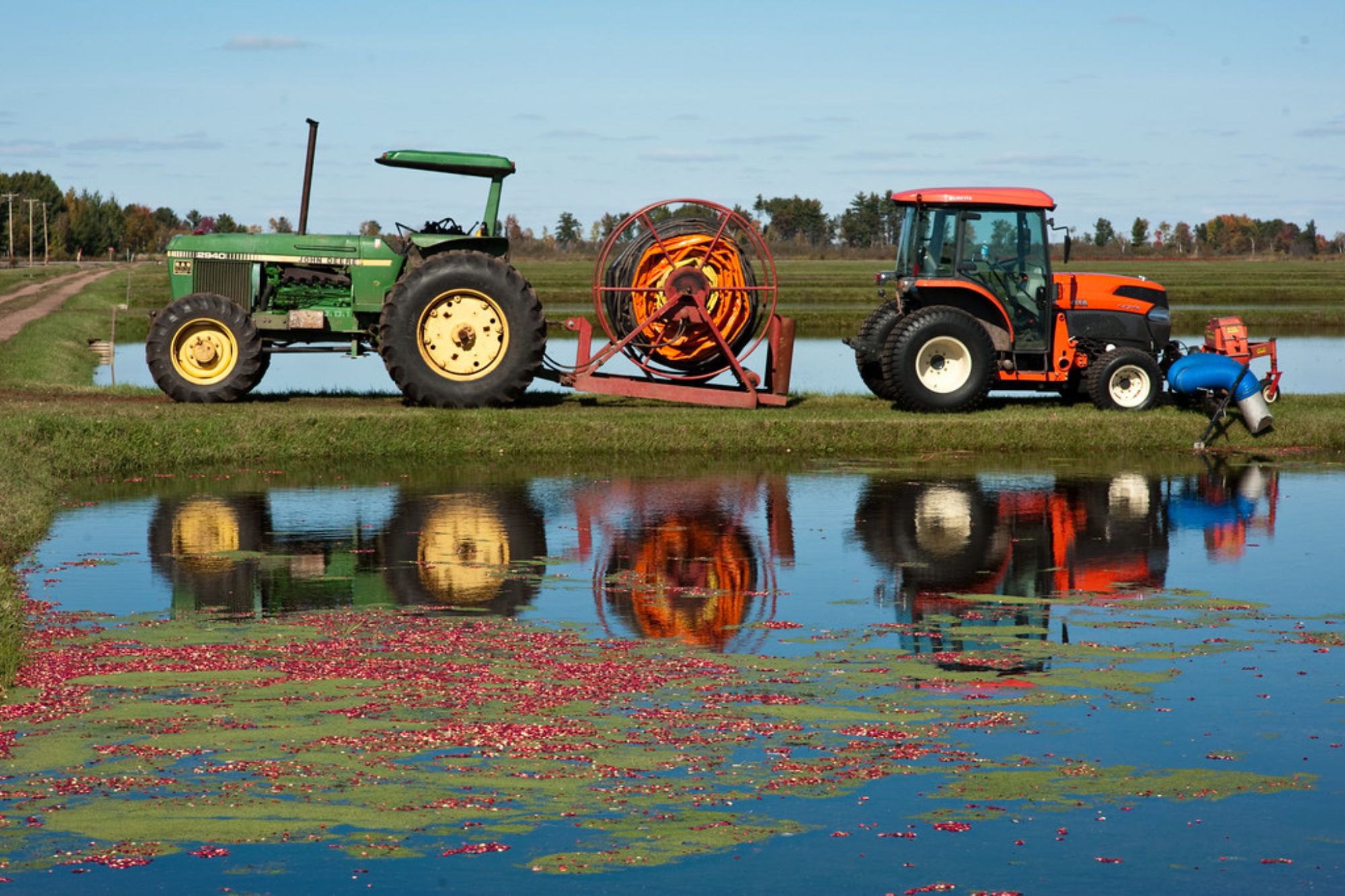
Route 58 earned its nickname honestly — dozens of active bogs line this southeastern Massachusetts corridor. Autumn drives along this highway reveal the true scale of the region’s cranberry industry, especially when harvest season transforms ordinary fields into crimson spectacles.
With multiple farms clustered nearby, visitors can easily hop from one bog to the next.
Like Travel Pug’s content? Follow us on MSN.
Wetherby Cranberry Company, Wisconsin

Stevens Point area farming represents Wisconsin cranberry tradition at its most authentic. This century-old family business maintains traditional methods while embracing necessary modernization — creating harvest scenes that photographers dream about.
Restored wetlands surrounding the active bogs attract migrating waterfowl, adding wildlife viewing to the agricultural experience.
Plymouth Beach Cranberry Bog, Massachusetts

Agricultural activity meets American history at this coastal Massachusetts location. Visitors can walk from Plymouth Rock to active cranberry bogs in less than half an hour, creating educational opportunities that span centuries.
The combination of colonial history and working farms appeals to tourists with diverse interests.
Northland Cranberries, Wisconsin
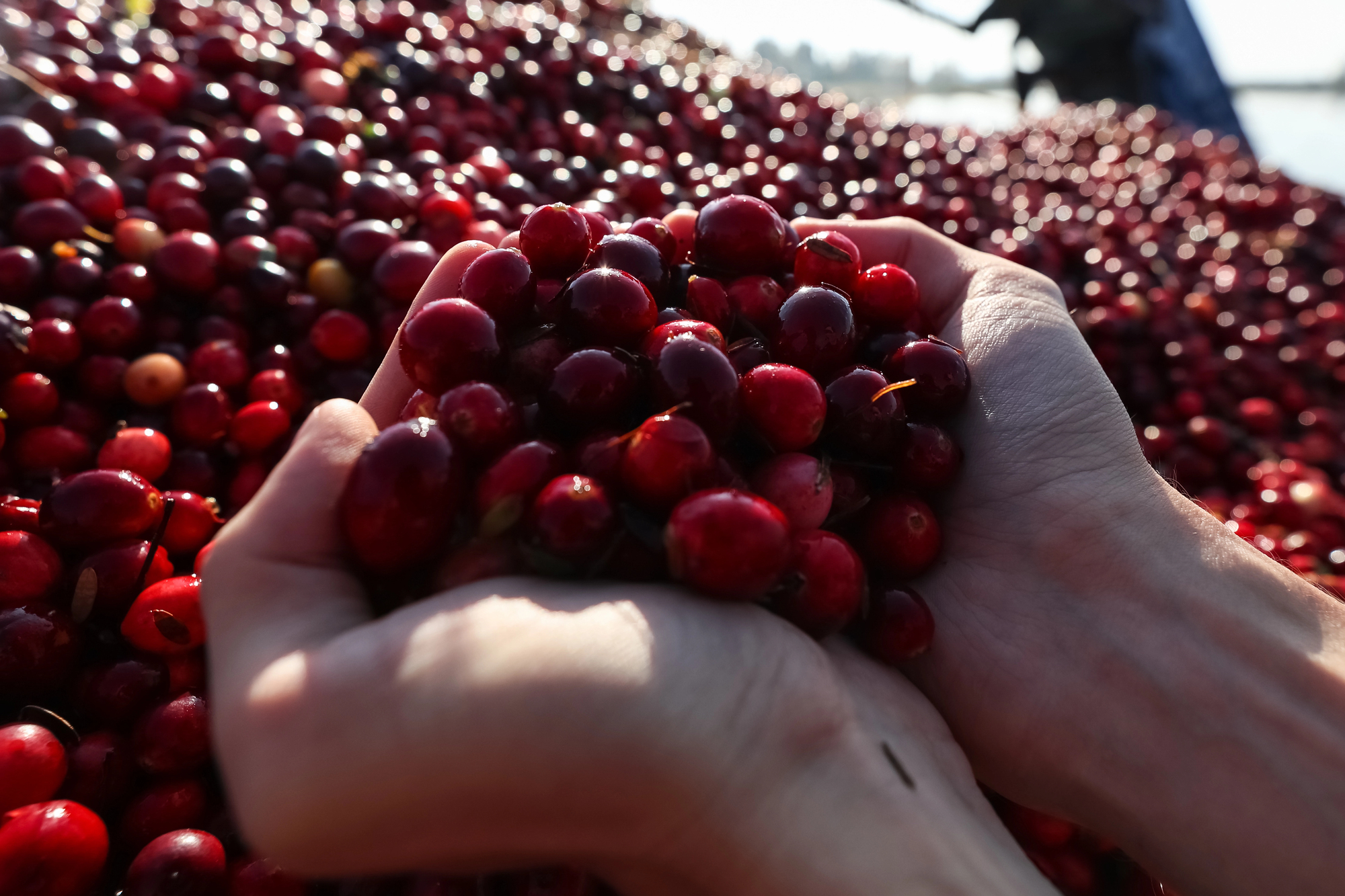
Pittsville’s helicopter tours provide aerial perspectives that reveal cranberry farming’s impact on the landscape. From above, the geometric bog patterns stretch toward the horizon like a massive agricultural art installation.
Ground-level tours complement the bird’s-eye view with hands-on demonstrations of harvesting techniques.
Like Travel Pug’s content? Follow us on MSN.
Cape Cod Cranberry Growers Association, Massachusetts

This cooperative coordinates tours across multiple Cape Cod operations, showcasing everything from traditional dry harvesting to modern wet harvesting methods. Educational programs explain how cranberry farming adapts to environmental changes while maintaining productivity.
The association approach lets visitors experience the industry’s diversity in a single day.
Cranberry Creek Bog, Oregon
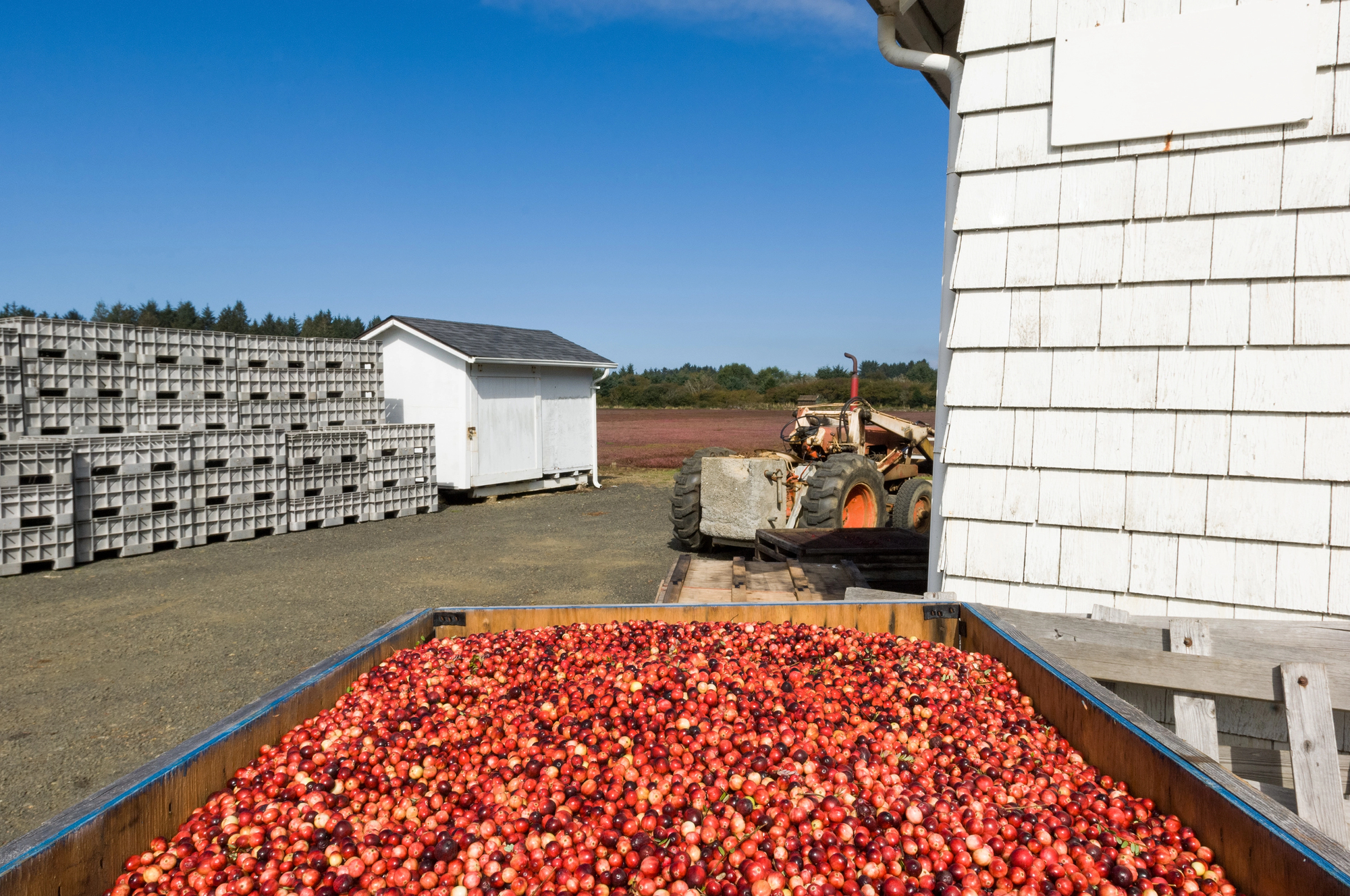
Oregon’s cranberry industry centers around Bandon, where Pacific Northwest conditions create unique growing environments. Coastal weather patterns and mild temperatures produce cranberries with distinctive characteristics compared to their East Coast and Midwest counterparts.
Ocean views add dramatic backdrops to traditional bog scenery.
Stankevitz Cranberry Marsh, Wisconsin
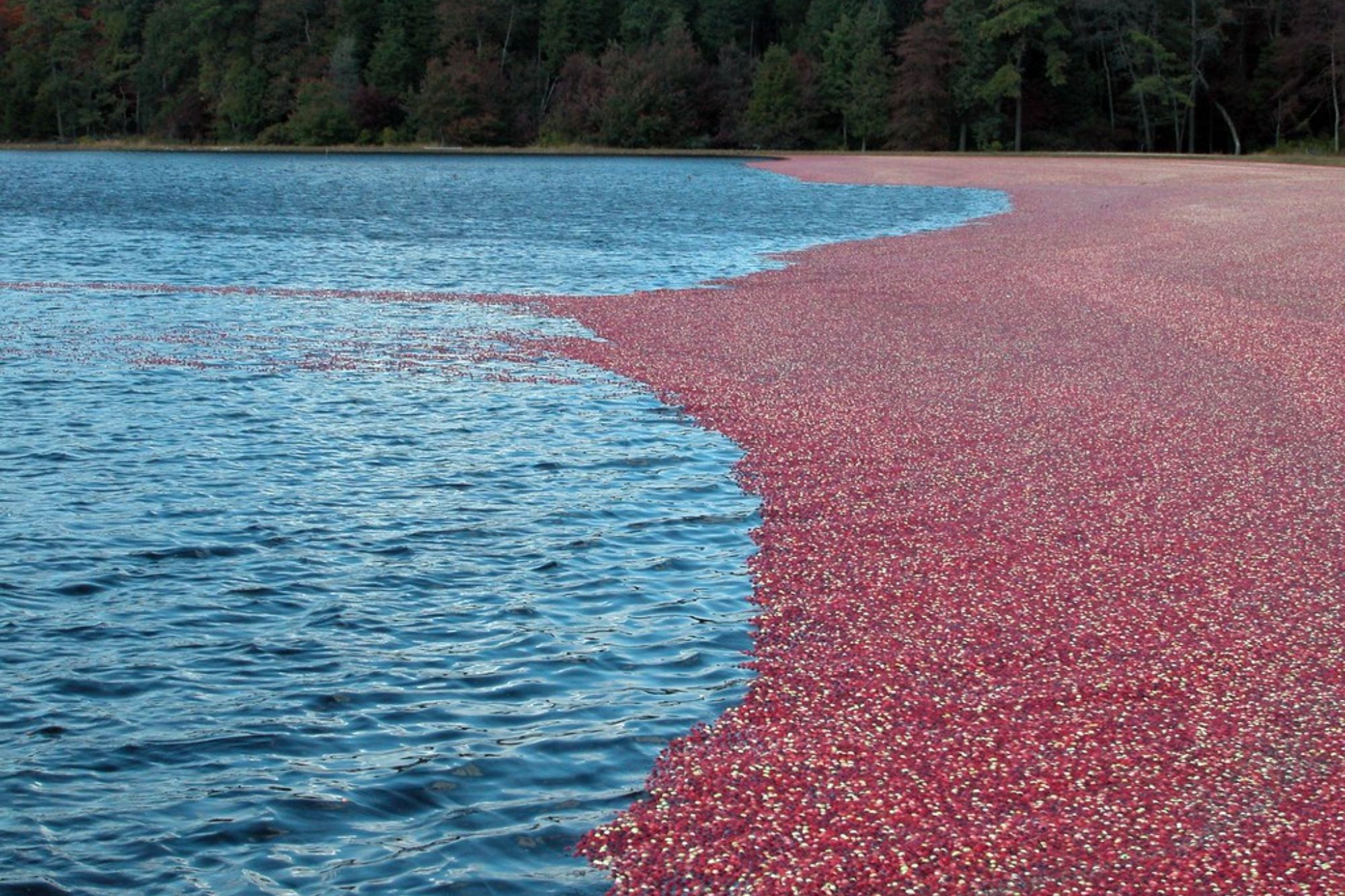
Family operations like this Stevens Point area marsh have welcomed visitors for decades while maintaining working farm status. Educational displays explain cranberry biology and cultivation alongside active production areas.
Wisconsin’s cranberry leadership stems from operations that successfully balance agricultural tradition with tourist education.
Like Travel Pug’s content? Follow us on MSN.
Eagle Point Cranberry Farm, New Jersey
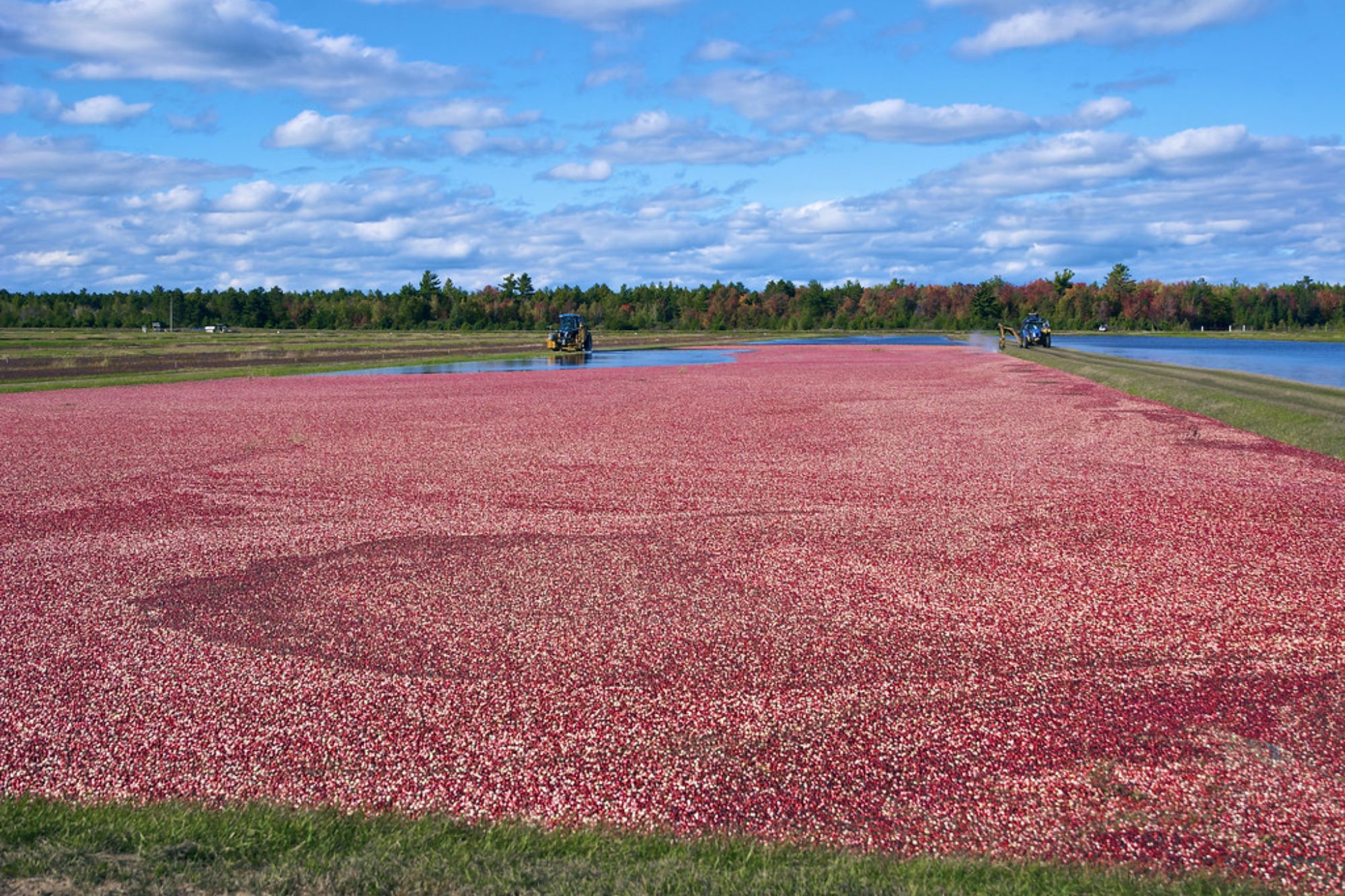
The Pine Barrens region supports cranberry cultivation that dates to the 1800s, though this Chatsworth area farm represents modern sustainable practices. Acidic soil and abundant water create perfect growing conditions for both cranberries and the rare plants that make this ecosystem unique.
Tours showcase how agricultural and environmental preservation can work together.
Cranmoor Cranberry Company, Wisconsin
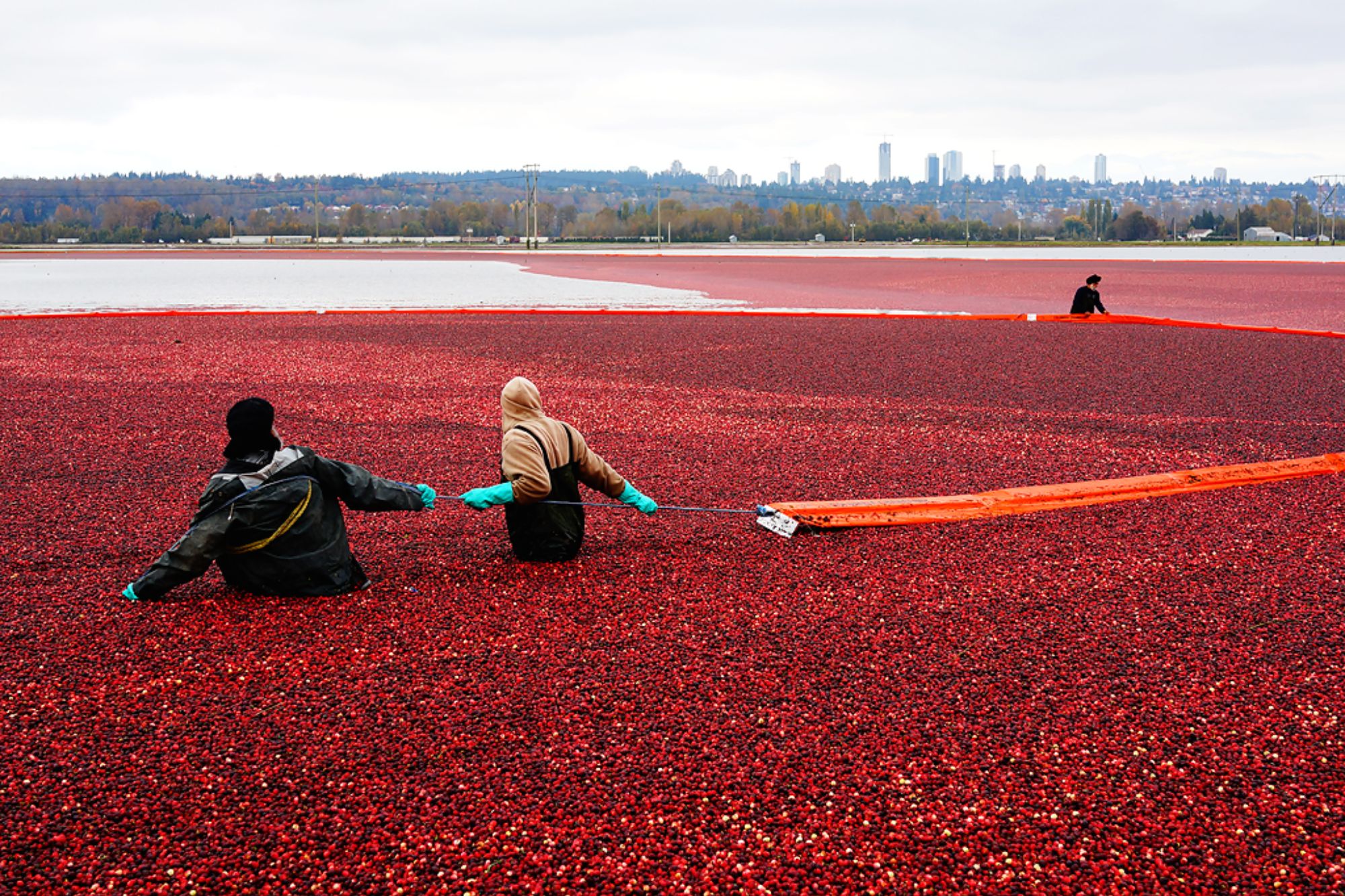
The town of Cranmoor lives up to its name, with thousands of acres of productive cranberry bogs surrounding the community. During harvest season, coordinated flooding and collection activities involve dozens of workers operating specialized equipment in carefully timed sequences.
The operation represents Wisconsin’s commitment to cranberry excellence on an industrial scale.
Where Agriculture Meets Artistry
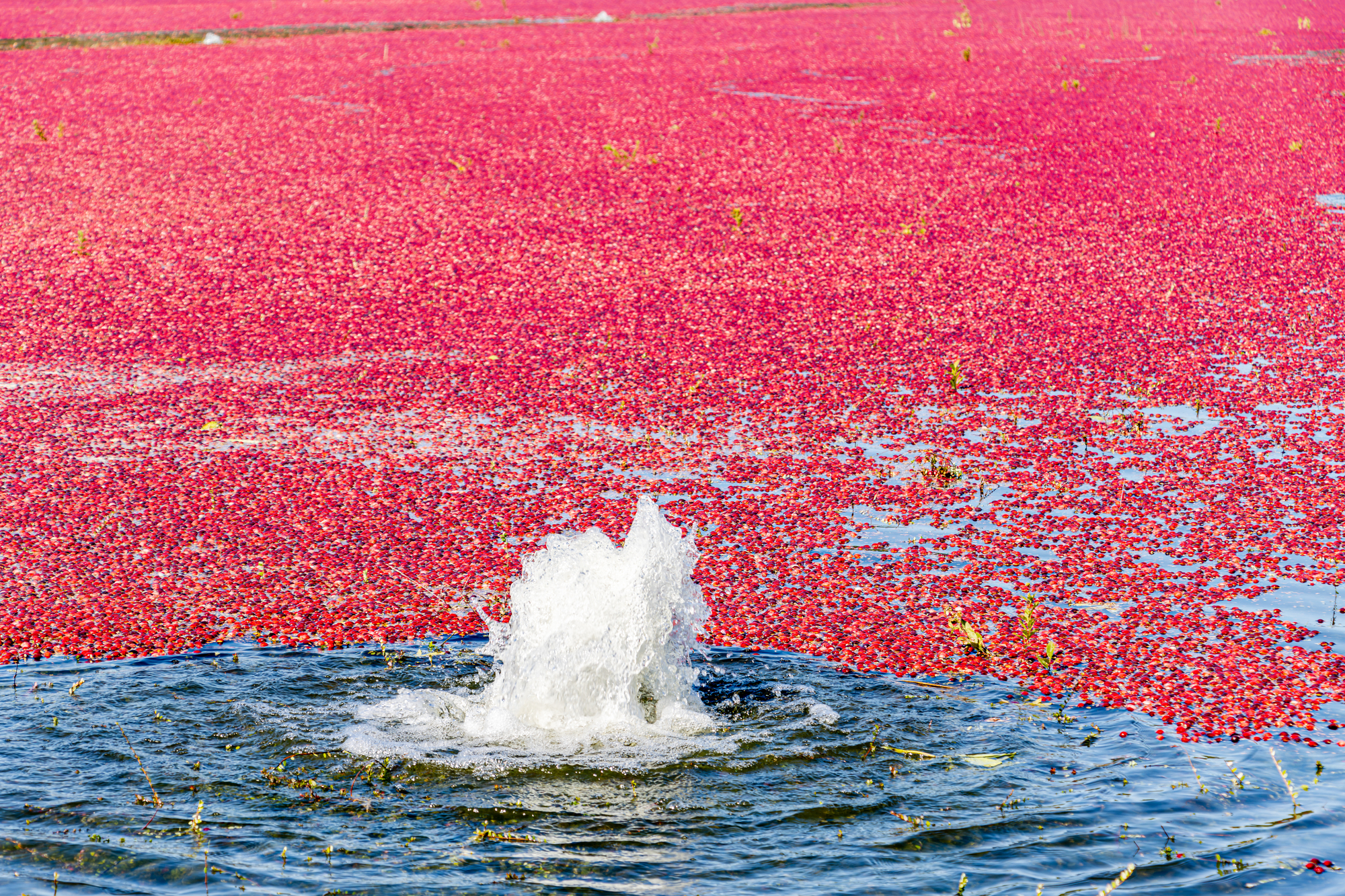
These cranberry bogs preserve agricultural traditions while embracing modern sustainability practices that ensure their future viability. From Massachusetts colonial-era farms to Wisconsin’s industrial-scale operations, each location contributes to America’s cranberry heritage in unique ways.
The seasonal transformation from green growing fields to crimson harvest displays continues drawing visitors who appreciate both natural beauty and agricultural innovation. These working landscapes prove that practical farming can create some of our most memorable scenic experiences.
More from Travel Pug

- 20 Best Beach Towns in the Carolinas
- 13 Destinations Where Tourists Regularly Regret Their Trip
- 20 Destinations That Are More Magical Without an Itinerary
- 20 Underrated Adventures That Belong on Your Travel List
- 20 Cities Where You Should Just Wing It, No Planning Required
Like Travel Pug’s content? Follow us on MSN.
